Natural parks
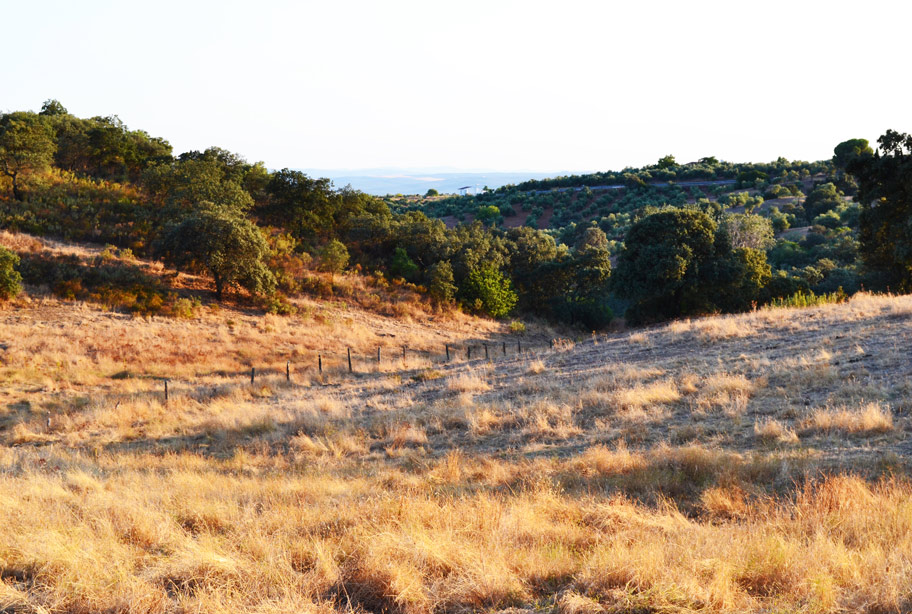
Cardeña and Montoro Natural Park
The Sierra de Cardeña y Montoro Natural Park is located in the extreme northeast of the province of Córdoba. Its smooth and hilly relief becomes more abrupt as it reaches its eastern limit, in the Yeguas river basin. This natural space is home to one of the greatest diversity of Iberian fauna due to, probably, to the vegetal sustenance that their meadows contribute to the ecosystem, mountains and pine forests. Thus, the Cardeña y Montoro Natural Park is a favorite place to get close to deer, perdices, hares or rabbits.
On the other hand, It is an area of recreation and environmental education with great capacity. The banks of the Yeguas River are adorned with lush vegetation in the form of forests that hides an interesting fauna in which the lynx stands out., the wolf or the otter. What's more, this natural area still enjoys the presence of one of the most threatened species on the European continent, the imperial eagle. Its geological points of interest include granitic hills, copper and lead mines, underground sources or streams.
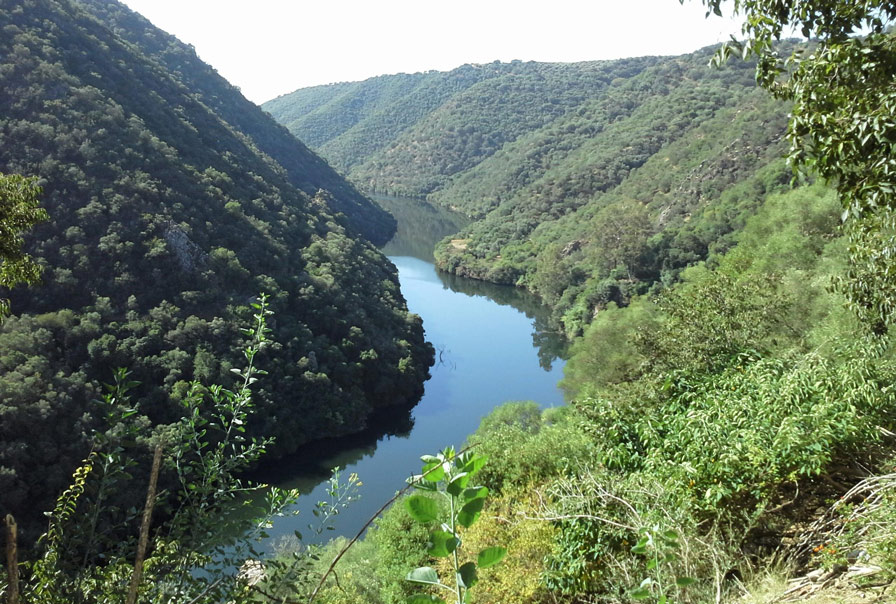
Sierra de Hornachuelos Natural Park
The Sierra de Hornachuelos Natural Park is located to the west of the province of Córdoba. In this park you will find one of the best preserved Mediterranean forest and riverbank ecosystems in Sierra Morena. Among its flora is the oak, that grants with its presence in all the space of this environment; by the banks of the rivers rest cork oaks, gall oaks, wild olive trees, carob and palm hearts; poplars are interspersed in riparian forests, alders, sauces, fresnos, majuelos, ivy and oleander; and among its aquatic species are buttercups and duckweed.
The park is crossed by several rivers and reservoirs such as the Bembézar, by dehesas, steep ravines, canyons and mountains. Its local fauna is made up of different species of birds (griffon and black vultures, royal and imperial eagles) and mammals (otters, meloncillos, deer, boars, lynxes, lobos).
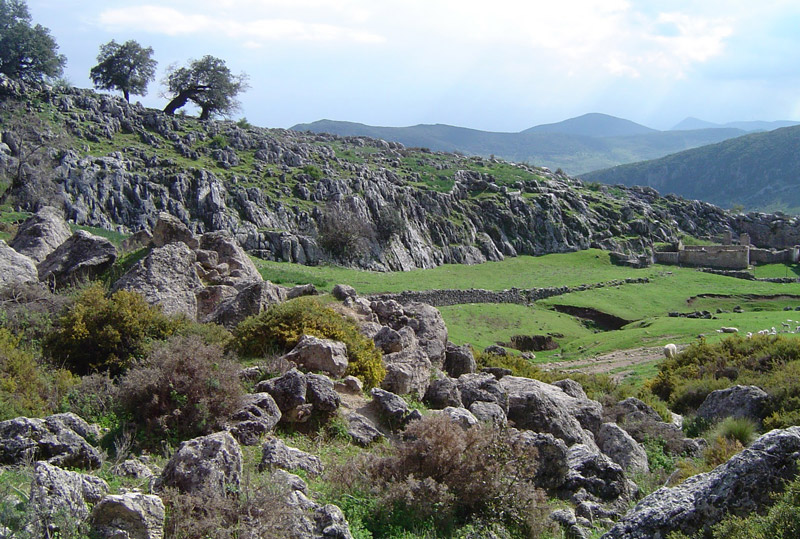
Sierras Subbéticas Natural Park
The Sierras Subbéticas Natural Park is located in the southern part of the province of Córdoba and in the heart of Andalusia. It was included in the European network of geoparks (places of great geological importance) in the year 2006. Its main tourist attractions are the Santa Rita visitor center, the ecomuseum of the Cave of the Bats, several viewpoints and up to nine hiking trails.
Among its plant species are the holm oak, the gall, maple, the wild olive, the mastic, broom or rosemary. It also presents a great diversity of truffle mushroom species. Its fauna highlights a characteristic variety of birds of prey, but also species like vipers, lizards, wild cats or hedgehogs. Its relief is complex and is defined by a series of limestone mountain ranges and peaks., by tectonic phenomena such as folds or faults, the karst like dolines, lapiaces, poljes, cannons, caves or springs.
Towns
The surroundings of the province of Córdoba are dotted with beautiful villages with white houses and narrow and steep streets at the foot of the hills., hills and mountain systems. Its natural charm is a must for all those travelers who wish to know the Andalusian environment and the Caliphate history of Andalusia.. The Cordoba region is, definitely, an authentic jewel of southern Spain.
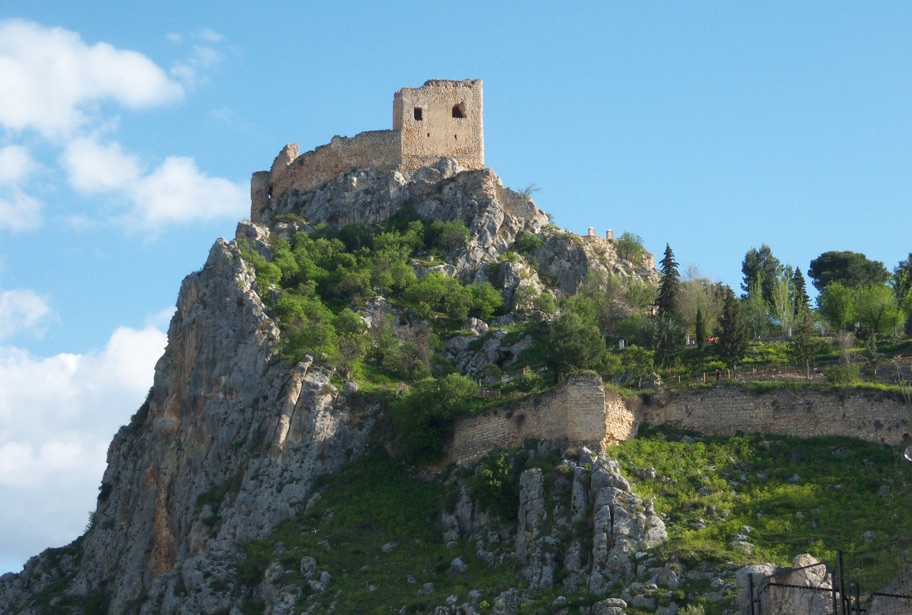
Luque
A 662 meters above sea level is located the town of Luque. It has churches, hermitages, castles and even prehistoric tombs such as the Dolmen de Lastra among its considerable historical heritage. What's more, In its surroundings there are places as interesting as the Cueva de la Encantada, a cave with reproductions of cave paintings found in other caves in the municipal area that, due to their location, are inaccessible or not recommended for tourist visits.
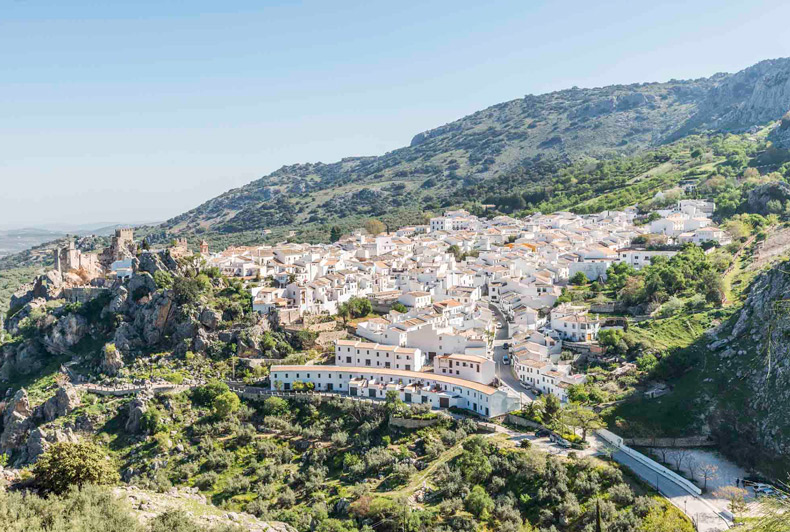
Zuheros
This municipality is located in the region of Subbética Cordobesa, in the south of the province, a 656 m above sea level. An imposing castle watches over the cliff of the old town of the town, declared a Historic Site. A 4 km is the famous Cave of the Bats, a system of caves and galleries that stands out for the beauty of its limestone formations and for serving as a habitat for various species of bats.
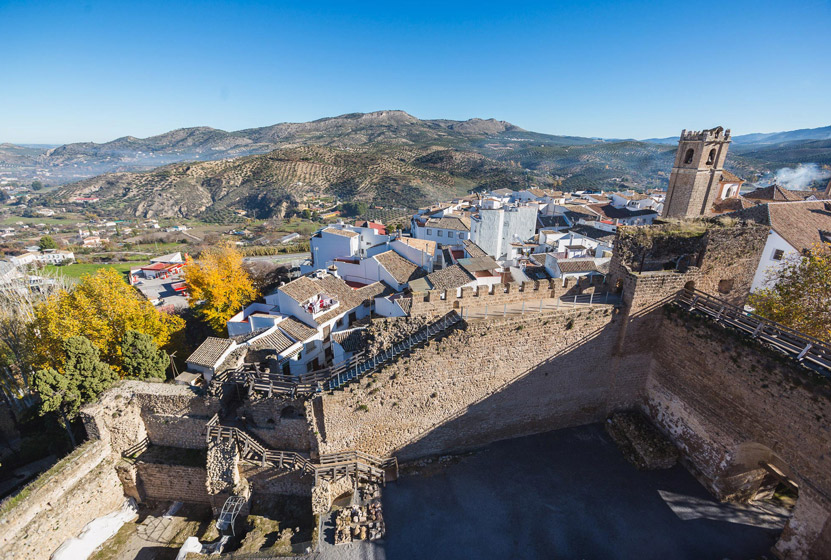
Priego de Córdoba
Located south, also in the region of Subbética Cordobesa, This town is known as the Jewel of the Cordovan Baroque due to the large number of works in this style. (highlight its Castle, the Church of Dawn, the Hermitage of the Holy Family of Bethlehem, the Chapel of the Miraculous, the Royal Butchers, the Balcón del Adarve or the Fuente del Rey), but also as the City of Water, due to the large number of springs that are born and flow through its environment.
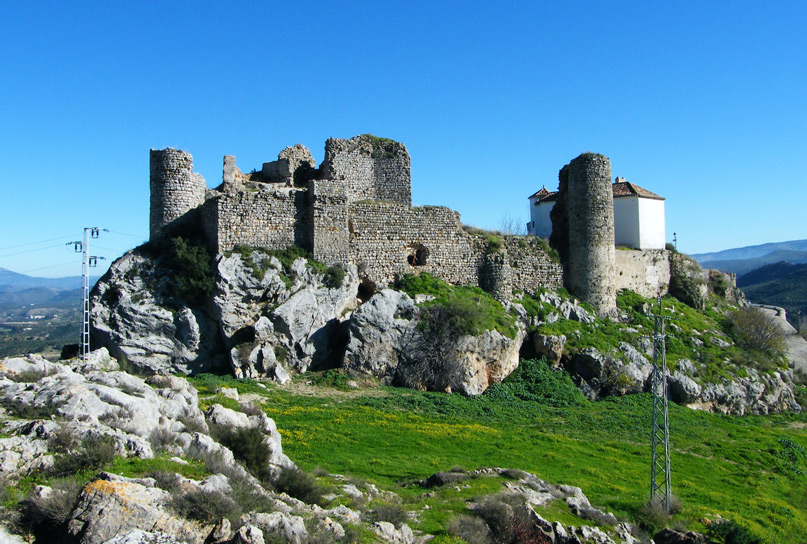
Carcabuey
The municipality of Carcabuey sponsors the course of the Palancar and Morisco rivers and peaks such as Lobatejo or Puerta Escaño. Its Castle and the hermitage next to it, or that of Santa Ana, together with the Church of the Assumption and that of San Marco they make up a considerable and interesting historical heritage to visit.
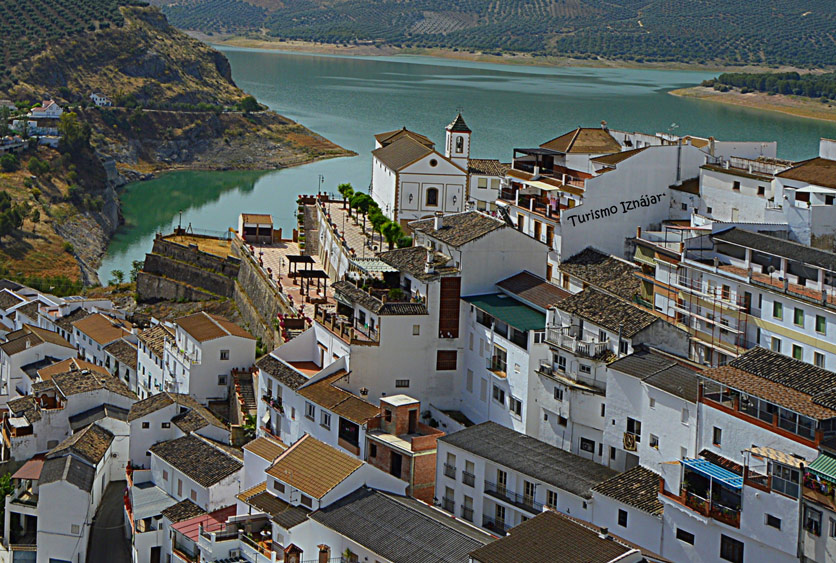
Iznájar
A 522 m above sea level the Subbética Cordobesa has given shelter, on the banks of the Genil river and its reservoir, to this municipality of great architectural heritage in which its Arab Castle stands out, the Sanctuary of Magán, the Renaissance Church of Santiago Apóstol, the Hermitage of Our Lady of Antigua and Piedad, the San Rafael Tower or the Clock Tower.

Hornachuelos
We moved to the west of the province, to the Middle Valley of the Guadalquivir, to discover a fertile locality in works of great architectural and historical value (the Sanctuary of Our Lady of the Angels, the Monastery of Santa María de las Escalonias, the Moratalla Palace, the Church of San Calixto, the Church of Our Lady of the Sierra or the Mudejar Church of Santa María de las Flores) located in a natural setting of extreme beauty, a very mountainous area in the Natural Park of the Sierra de Hornachuelos.
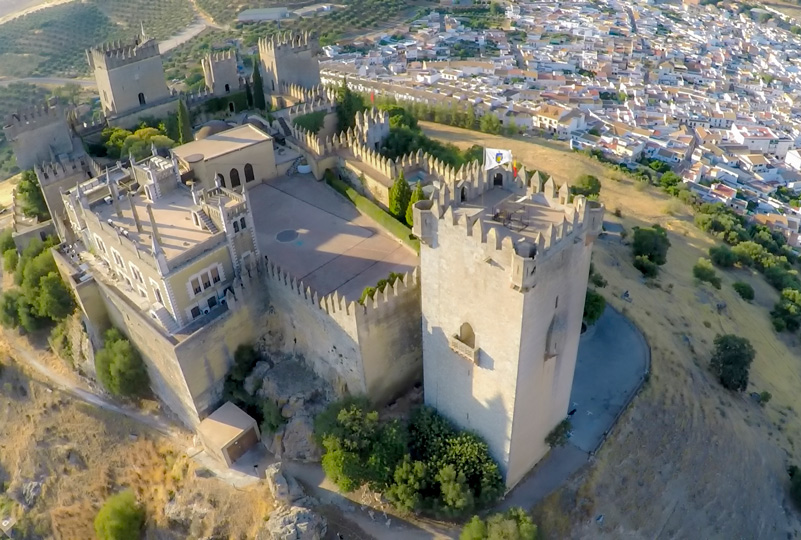
Almodóvar del Río
Almodóvar del Río belongs to the region of Valle Medio del Guadalquivir and is located just 24 km from Córdoba capital. Its architectural heritage, with the Castle, the Church of the Immaculate Conception and the Hermitage of Our Lady of the Rosary and San Sebastián, as well as the outstanding old town, They are attached to a beautiful environment that is part of the Sierra de Hornachuelos Natural Park.

Montoro
In the Natural Park of the Sierras de Cardeña and Montoro, east of the province of Córdoba, in the so-called Alto Guadalquivir region, this municipality sprouts in an attractive natural environment. The village, declared a Historic Artistic Site, covers a hill sheltered by a meander of the river, and it includes works such as the Church of Santa María de la Mota, Villaverde Castle Tower, the House of the Tercia, the Hermitage of Our Lady of Grace or the Bridge over the Guadalquivir. In the surroundings they abound, what's more, natural baths such as those of Arroyo Arenosillo or those of Cascajar.

Baena
The historical heritage of Baena, town located in the countryside to which it gives its name, it is very extensive: the Monastery of Madre de Dios, the Church of Santa María la Mayor, the Church of Our Lady of Guadalupe, the House of the Countess, the Hermitage of Our Lady of the Angels or the City Hall building.
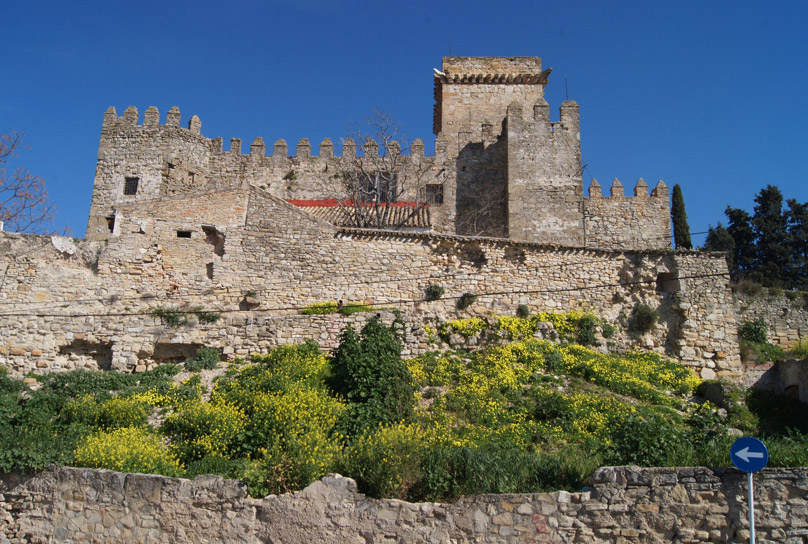
Mirror
Typical Andalusian white town, has an architectural collection of great value: the Ducal Castle, the Church of San Bartolomé, the House of the Chain, the Hermitage of Santo Domingo, the Hermitage of the Virgen de la Cabeza, the Church of San Miguel, the cistern and various viewpoints. In the municipality there are, what's more, some interesting museums, like the goldsmith.
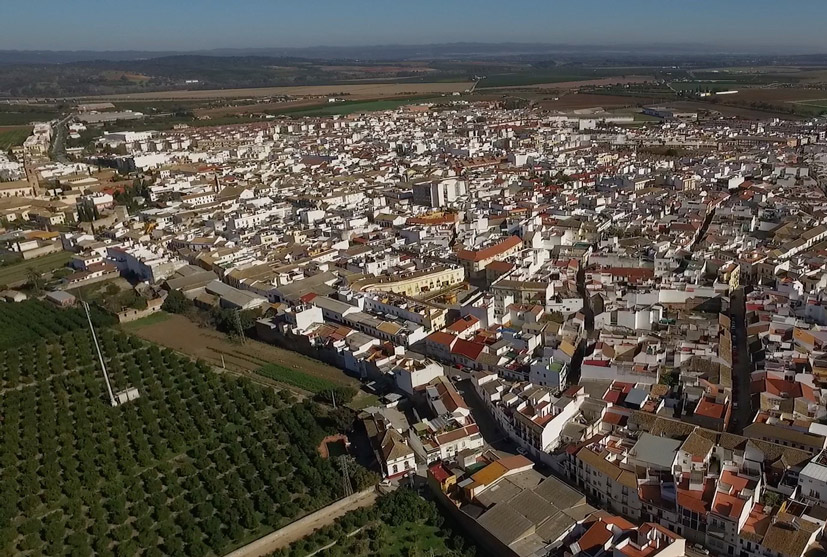
Palma del Rio
Also in the Middle Valley of the Guadalquivir is this population that practically adjoins the province of Seville and is crossed by the Genil and Guadalquivir rivers.. With works such as the old San Francisco Convent, the Convent of Santa Clara, the Church of the Assumption, the Chapel of Our Lady of Sorrows, the Palace of the Portocarrero or the old Alcazaba, Palma del Río has a very attractive architectural heritage.
Other provinces
If there is something that gives privilege to the province of Córdoba, it is its geographical location in the most central part of the Andalusian community.. This makes provinces like Seville, Málaga, Granada or Jaén are not unlikely destinations to consider in the case of staying here or having the time necessary to get behind the wheel of a vehicle and start doing kilometers. Depending on the time we have and the needs that concern us, we can serve an infinite variety of destinations, activities and possibilities. For this reason, the options that will be presented below will try to respond to the multiple interests that travelers may have, from cultural and historical visits to walks through natural landscapes of great beauty.
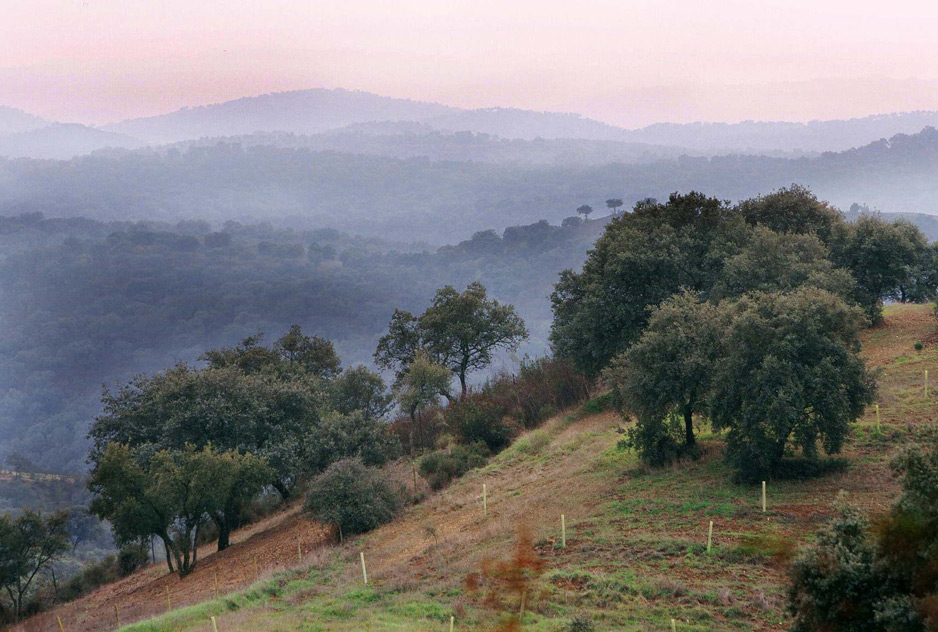
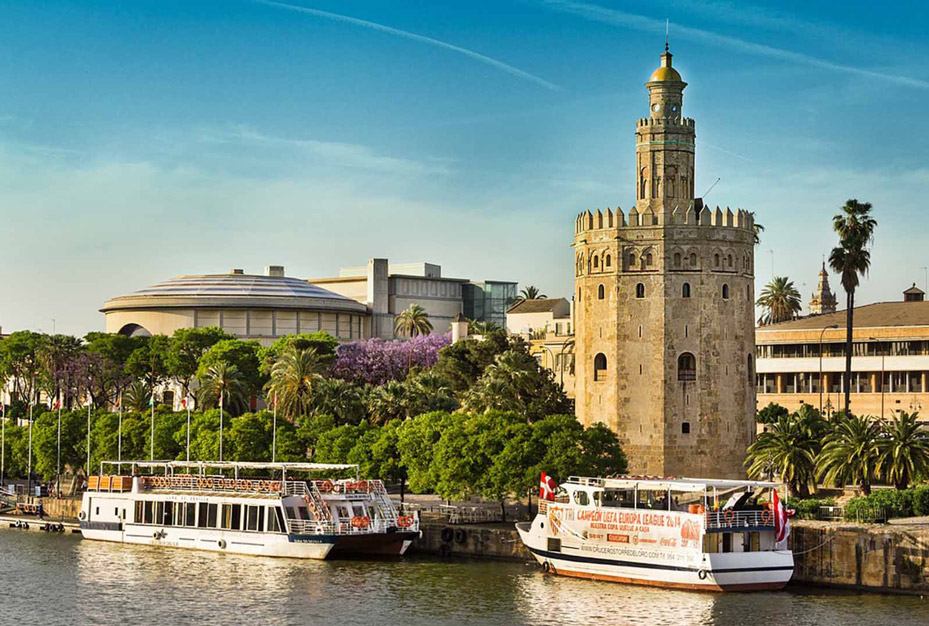
Sevilla
The province that is home to the capital of Andalusia is a place full of places to discover, both within the city and in the towns and natural places that surround it.
- The Sierra Norte Natural Park it is located in a mid-mountain region, north of the province of Seville. It has an important animal population, both mammalian and poultry, large grassy areas that alternate with holm oak and cork oak forests and a menu of sports activities that include hiking, horse riding, cycling and climbing. The towns in the area, what's more, they enjoy great authenticity and charm, with its own parties and history.
- Osuna is an ancient city of pre-Roman origin located in the countryside near the Sierra Sur de Sevilla. Until its conquest by Ferdinand III it was populated by Romans and Arabs. This has left behind a very rich historical legacy, artistic and cultural that does nothing more than accompany its natural and scenic beauty. Among its essentials is its University, the Monastery of the Incarnation or the Plaza Mayor.
- Carmona is a municipality a 28 kilometers from the capital with a very ancient historical origin, more than two thousand years. This has made it a witness to the passage of civilizations such as the Phoenician, the Muslim or the Roman, each of which has been bequeathing part of its history. Among its many tourist attractions we find the Alcazar de la Puerta de Sevilla, streets that have been the subject of film shoots, an enviable Roman archaeological site or beautiful Renaissance palaces.
- Sevilla, capital city of Andalusia, tempts its visitors to walk its streets for several days and learn about each of its stories and traditions, generating an experience that will leave more than one traveler with nostalgia and the desire to return. Nevertheless, a day in the city can be of great benefit, since a tour of its historic center and the neighborhoods that compose it will make up a central drawing of what it can offer. In this way a walk through the center, by the limits of the Guadalquivir river, of the Cathedral, through the Barrio de Santa Cruz and the Plaza de España, complemented with the enjoyment of a good meal will make up, in all probability, an unforgettable day in the life of any person.
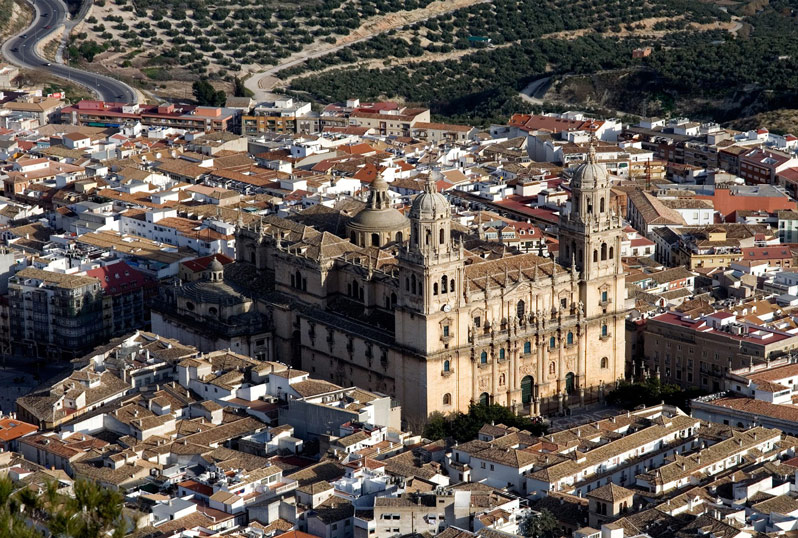
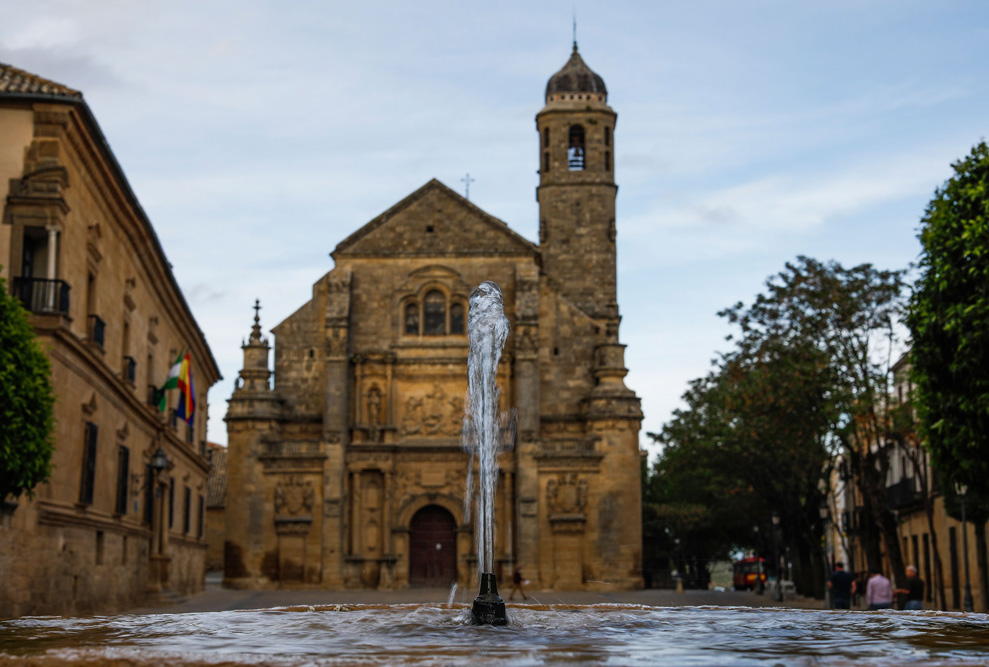
Jaén
Jaén is a province closely related to Iberian mythology and ancestral places. It has a very high potential from the point of view of its numerous, rich and varied heritage: monumental wealth, environmental quality of life, the mediterranean olive forest… Jaén is a land of great interior beauties that are worth visiting.
- Formerly, the city of Jaén It was an indispensable crossroads between the Kingdom of Castile and al-Andalus. It stands at the foot of the Cerro de Santa Catalina, with steep streets and steep slopes that define its urbanism, widening out into the flatter and wider areas of the new neighborhoods and boulevards. To the south and southeast are the mountains of Jaén and Jabalcuz, and to the north the plain of the river Guadalbullón opens, that happens a very short distance from the city. Inside we find several places of tourist interest, among which stand out: the Cathedral of Jaén, a Renaissance style building with lots of details both inside and outside; the Arab Baths, under the palace of Villardompardo, the best preserved in all of Europe; or the Castle of Santa Catalina, which stands on the remains of an ancient Arab fortress and offers unbeatable views of the city and its surroundings.
- Úbeda Y Baeza They are two jewels of the Andalusian Renaissance and a reflection of the fantastic heritage of Jaén. The square of Santa María, in Baeza, and the Plaza Vázquez de Molina, in Úbeda, They are responsible for both cities holding the title of "World Heritage Site". Baeza is a small town with a narrow old town, flirtatious and perfectly cared for. For his part, at the door of Úbeda you can see vestiges of the walled enclosure that was once. It is a must to visit the Plaza de Santa María, where is the cathedral, the old seminary of San Felipe Neri, current university, and the Plaza del Pópulo, with its Fountain of the Lions.